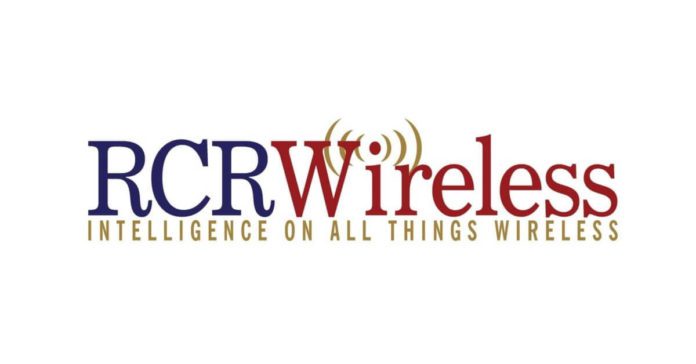An appeals court has upheld the Federal Communication Commission’s decision to reallocate a portion of the 5.9 GHz band to unlicensed use, including Wi-Fi, rather than continuing to reserve the whole swath of spectrum for intelligent transportation systems.
The decision, released Friday by the U.S. Court of Appeals for D.C. circuit, found that the FCC’s process and decision to change the spectrum allocation—despite protests from the transportation sector—was not “arbitrary and capricious,” as the plaintiffs had argued.
The FCC began to re-examine the use of 75 megahertz of 5.9 GHz spectrum under former FCC Chairman Ajit Pai. The band (5.850-5.925 GHz) had essentially lain fallow after being set aside in 1999 to be used for vehicle-related safety and mobility systems, and ITS systems in the band had not materialized. There was some movement to mandate the use of DSRC (Dedicated Short Range Communications) in the band for ITS during the Obama administration, but that mandate was still working its way through the rule-making process when the Trump administration took over and prevented it from taking effect. Instead, the FCC ultimately went ahead with a rulemaking that resulted in the band being split: The lower 45 megahertz were opened for unlicensed use, a move that was hailed by Wi-Fi proponents; and the upper 30 megahertz continued to be reserved for intelligent transportation use. Transportation industry groups sued, arguing that they should continue to retain access to the entire band.
The appeals court decision drew bipartisan support from FCC members.
Chairwoman Jessica Rosenworcel said in a statement that she was pleased with the decision. “In the more than two decades since the FCC allocated the 5.9 GHz band to support automobile safety, autonomous and connected vehicles have largely moved beyond dedicated, short-range communications technologies to newer, market-driven alternatives,” Rosenworcel said. “[The] decision recognizes that by allowing this spectrum to evolve we can advance newer safety technologies and grow our wireless economy.”
Commissioner Brendan Carr, a Republican, said that the decision “marks another solid win for then-Chairman Ajit Pai’s strong record of spectrum leadership.” He said that the FCC “should welcome today’s court decision as a call to return to freeing up spectrum at the
pace and cadence we have been moving. I look forward to continue to work with my FCC colleagues on doing just that.”
Pai himself tweeted:
In a joint statement, ITS America President and CEO Laura Chace and AASHTO Executive Director Jim Tymon, heads of the industry groups which had filed the case, called the decision “a blow to transportation safety for all Americans.
“At a time when roadway deaths are at an all-time high, our efforts to preserve the entire 75 MHz spectrum for connected vehicle safety solutions demonstrate the industry’s commitment to saving lives. Transportation safety stakeholders are overwhelmingly unified in opposition to the FCC’s ruling. We are disappointed and frustrated that the FCC and the Court disregarded our collective expertise and feedback, ignoring the importance of transportation safety and ignoring the importance of using these technologies to stop the public health emergency on our nation’s roadways,” the joint statement said. It went on to add that the groups will “continue our efforts to ensure the remaining 30 MHz is free from dangerous interference and advances transportation safety. In addition, ITS America’s Future of V2X Working Group has been working actively for months to determine strategies to effectively deploy lifesaving Vehicle-to-Everything (V2X) technologies under a new paradigm.” It also called upon the FCC to “allocate an additional spectrum for advanced V2X communications, which the FCC told the Court it would consider during oral arguments earlier this year.”

